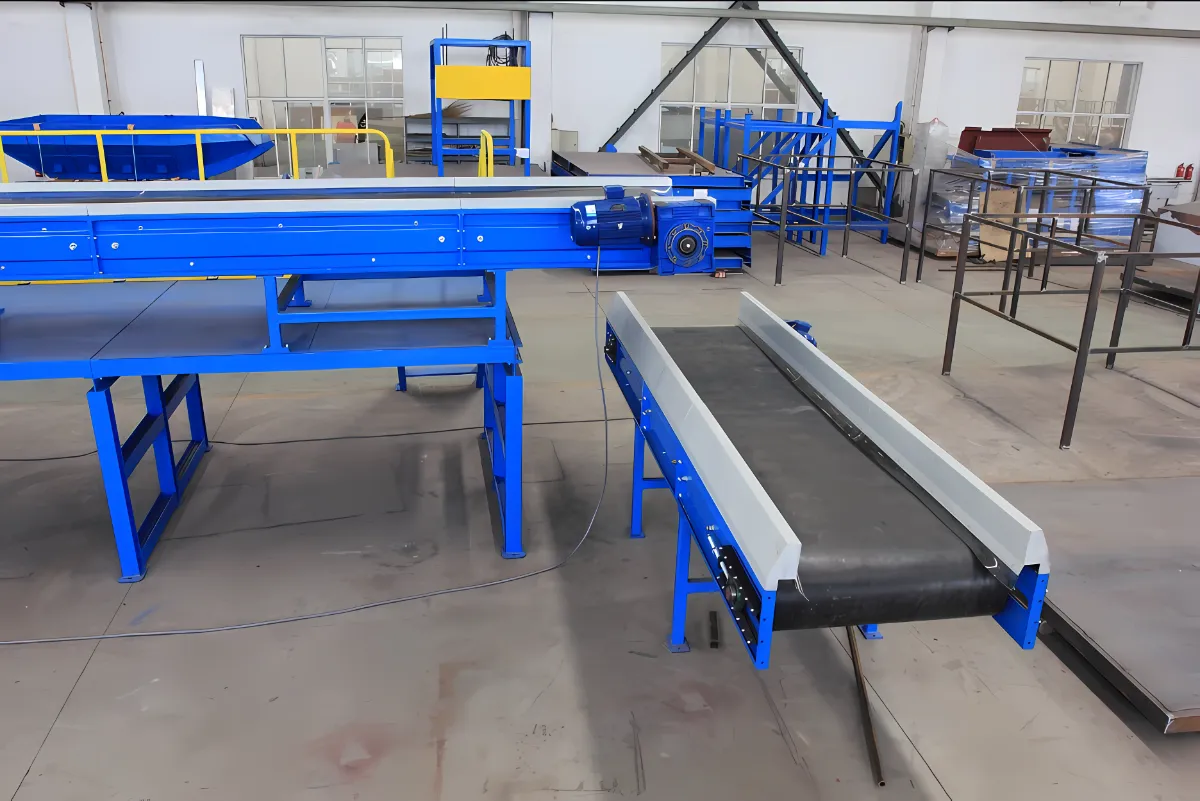Heavy Duty Plate Chain Conveyor

Heavy duty plate chain conveyors are robust and reliable systems designed to move heavy, bulky, or abrasive materials across various industries. They are known for their strength, durability, and ability to handle demanding applic...



